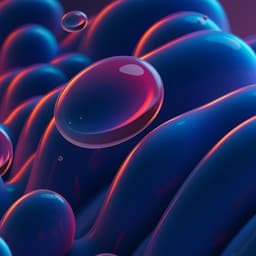
Engineering and Technology
Colossal thermo-hydro-electrochemical voltage generation for self-sustainable operation of electronics
Y. Zhang, A. Sohn, et al.
Discover an innovative thermo-hydro-electrochemical method that significantly boosts thermal-to-electrical energy conversion, achieved through low-cost materials. This groundbreaking research, conducted by Yufan Zhang, Ahrum Sohn, Anirban Chakraborty, and Choongho Yu, paves the way for harnessing wasted thermal energy more effectively.
Playback language: English
Related Publications
Explore these studies to deepen your understanding of the subject.







